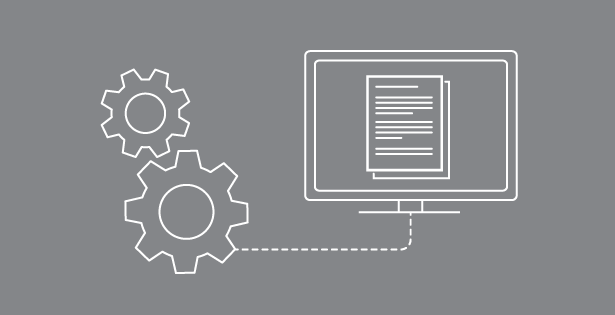Many companies quickly grow out of their business systems. They often have siloed systems, duplicate data, manual processes, insufficient reporting and/or security issues.
We recently introduced part one of a three-part blog series, to share three reasons you should consider Microsoft Dynamics 365 Business Central – the user interface, the Microsoft technology stack and no more upgrades.
Microsoft Dynamics 365 Business Central is an enterprise resource planning system from Microsoft. The product is part of the Microsoft Dynamics family and is a complete all-in-one business management solution which will provide your business a comprehensive solution to manage finances, operations, sales and customer service.
Part 2: The Microsoft Technology Stack
Business Central is now part of the Microsoft technology stack and this is probably the biggest change. The concept is that a user logs into one place (the stack) to launch all of your applications. This also means that Business Central is now completely integrated with many of the other Microsoft applications. The screenshot below is three pages long and is a list of all of the software solutions. For example, Microsoft Dynamics 365 evolves Microsoft’s current Customer Relationship Management (CRM) and Enterprise Resource Planning (ERP) cloud solutions into one cloud service with new purpose-built applications to help manage specific business functions. Other applications include Calendar, Excel, workflows and Delve, which allows users to discover pertinent information across integrated Microsoft products by pulling user content from Microsoft Exchange, OneDrive for Business, SharePoint 2016 and Yammer.
Below is the snapshot of all of the apps that are part of the Microsoft technology stack.

What does this full integration with the Microsoft technology stack mean to you?
It allows you to move data in and out of Business Central with the other Microsoft applications.
For example:
- If you are looking at your customer list and need to make changes to it, you can pull it into Excel, make the changes and then publish it back to Business Central.
- To look at your financial reports, you can with a simple click, publish to Excel and review the information. When new transactions are posted, they will dynamically be updated on the Excel spreadsheet.
- You can work on Business Central within your emails in Outlook (Office 365). You do not have to switch out of your email and log into your ERP to create an order. If you get an email sales inquiry from a customer, you can click on the Business Central icon from within Outlook and customer insights will appear on your right pane – open AR, open opportunities, open orders, etc. From there, you can create a sales quote document, and the Intelligence will read the products in the email and populate them onto the Business Central Sales Order to send directly to the customer.
Microsoft is allowing you to work directly within the applications that you are already comfortable with to enhance user productivity. They are calling it Business without silos—connecting businesses and boosting efficiency with automated tasks and workflows, all within the familiar Microsoft interface of applications such as Word, Outlook and Excel.
Read the last blog in our three-part series to learn about no more upgrades with Business Central.
Want to learn more? Visit our Business Central page on the RSMUS.com website to learn more about our Microsoft Dynamics Business Central services. You can also email us at erp@rsmus.com with any questions or to set up a demo.

 RSMUS.com
RSMUS.com
